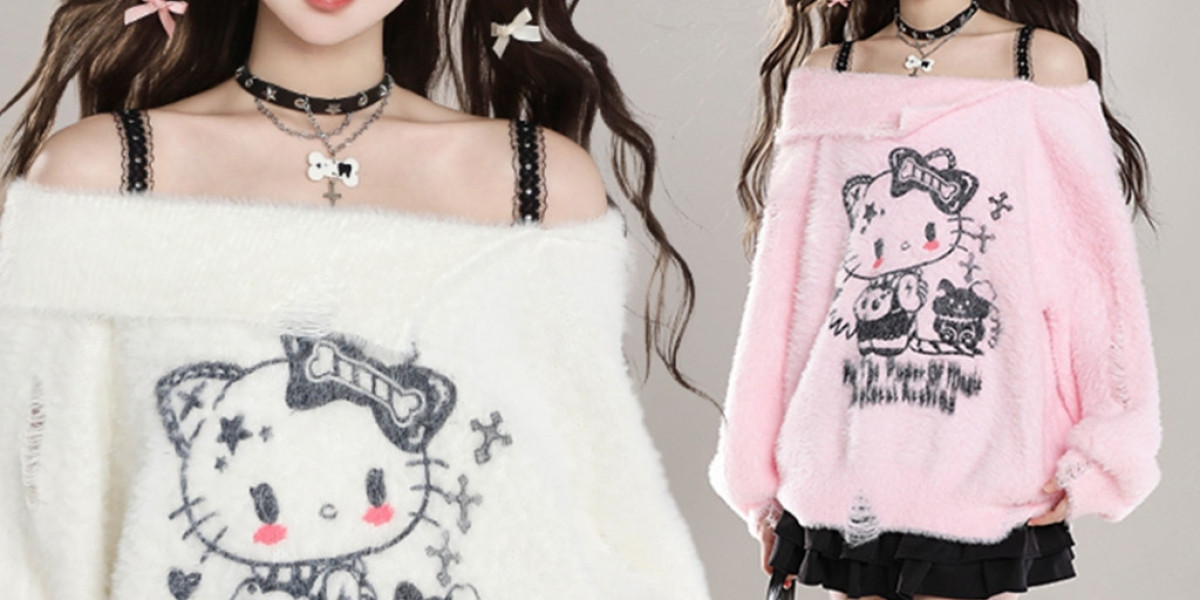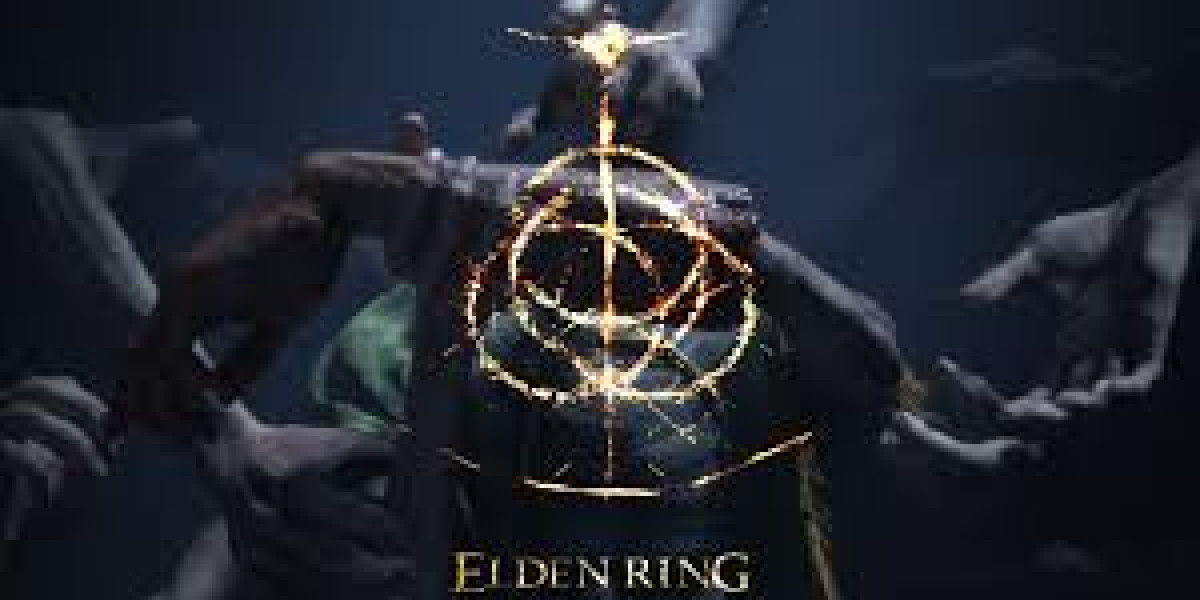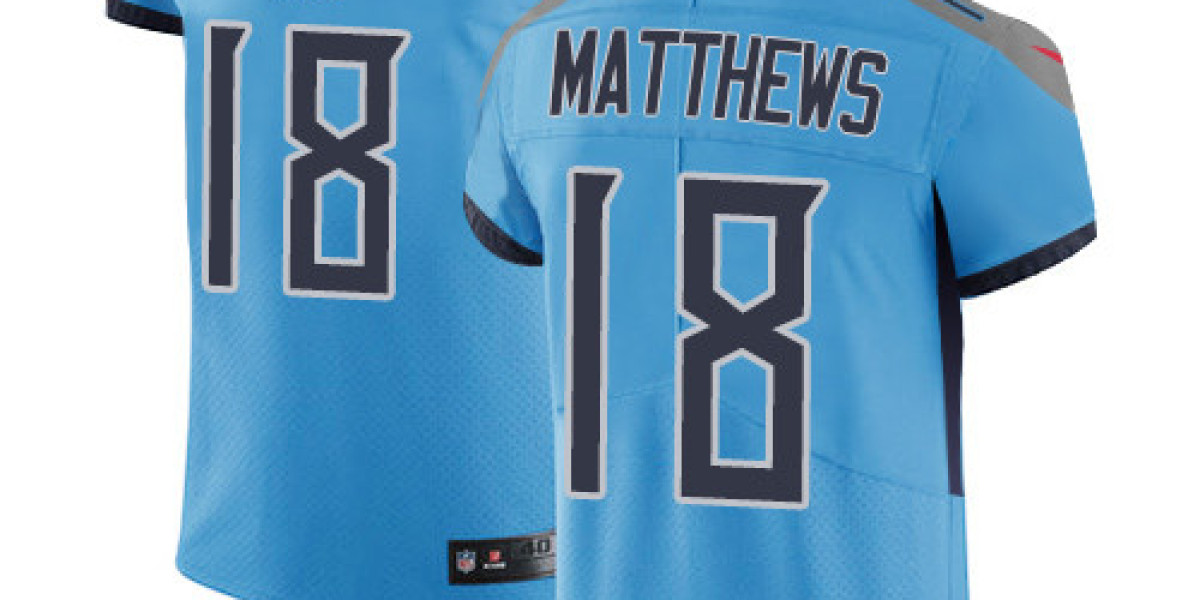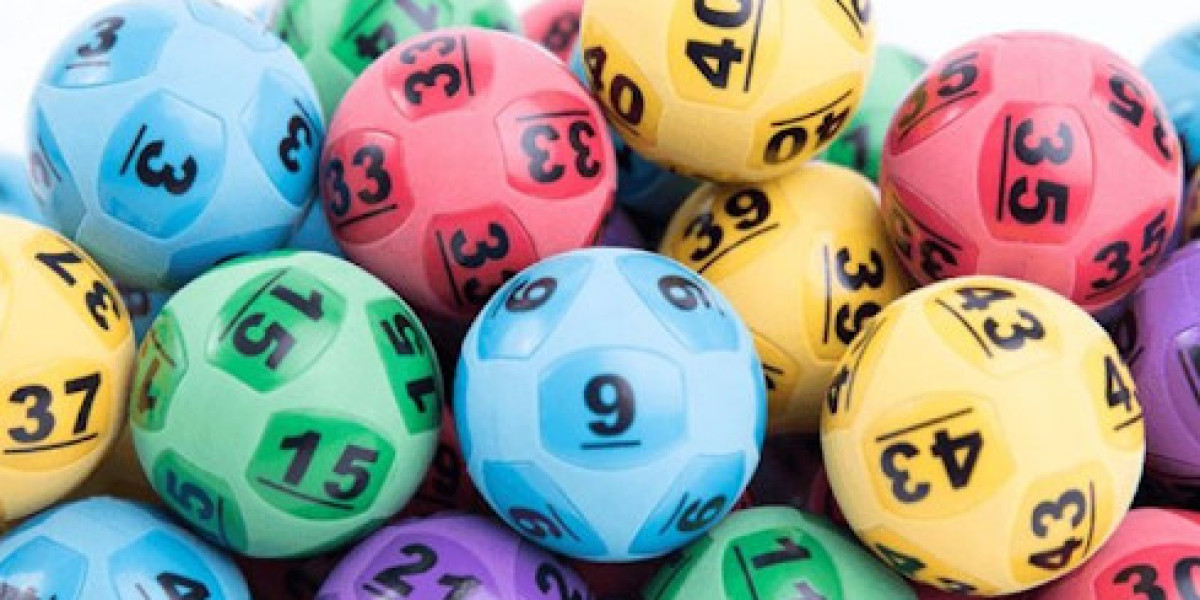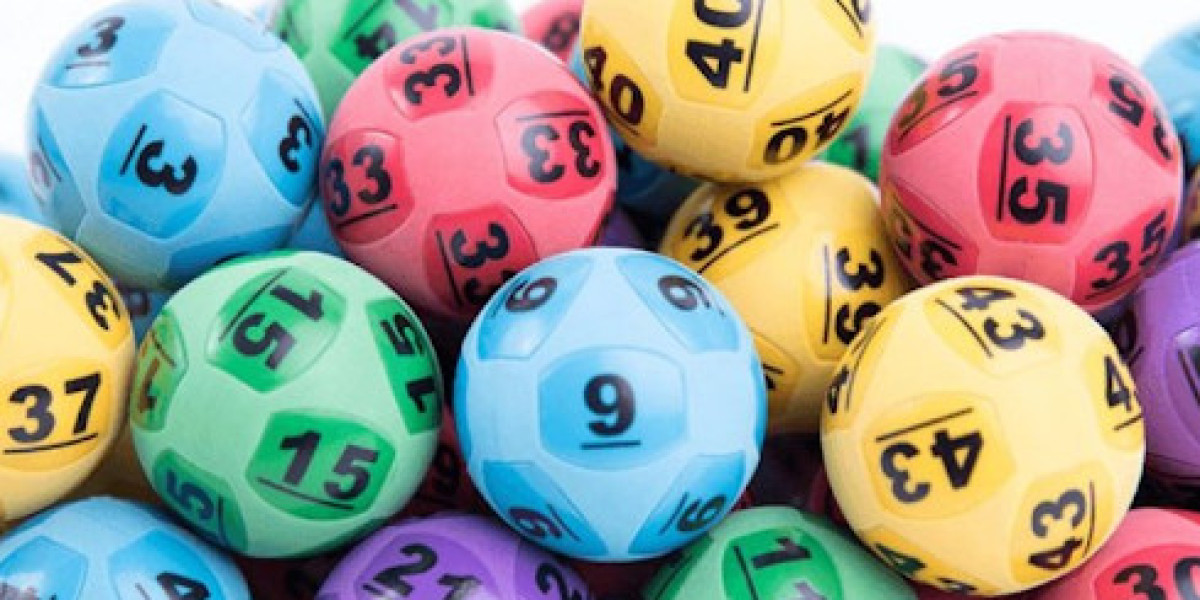Introduction
Kawaii, a Japanese time period that means "cute" or "adorable," has grow to be a well-liked aesthetic model that has influenced numerous features of trend, together with clothes and accessories. Kawaii outfits characteristic pastel colours, playful patterns, and whimsical designs that evoke feelings of sweetness and innocence. Lately, the kawaii aesthetic has gained a worldwide following, especially amongst youthful generations who are drawn to its charming and quirky appeal. This text will discover the science behind the aesthetic attraction of kawaii outfits and why they are so widespread amongst vogue enthusiasts.
Psychological Influence of Kawaii Aesthetic
The kawaii aesthetic is understood for its capacity to evoke optimistic emotions and feelings of happiness. Analysis has proven that publicity to cute or adorable stimuli can trigger the discharge of dopamine within the brain, which is associated with reward and pleasure. This may increasingly explain why individuals are drawn to kawaii outfits, as they elicit a sense of joy and delight. Moreover, using pastel colours and mushy textures in kawaii style can create a calming and soothing effect, selling a way of relaxation and consolation.
Cultural Significance of Kawaii Fashion
Kawaii vogue has its roots in Japanese pop tradition, particularly within the Harajuku district of Tokyo, the place younger folks categorical themselves via distinctive and unconventional kinds. The kawaii aesthetic emerged in the 1970s and 1980s as a response to mainstream trend tendencies, which had been seen as too critical and formal. As an alternative, kawaii trend embraced a youthful and playful look, characterized by oversized bows, frilly skirts, and cartoon characters. The recognition of kawaii fashion has since spread past Japan, influencing fashion designers and fanatics worldwide.
Symbolism in Kawaii Outfits
kawaii outfita outfits often feature cute and whimsical parts that hold symbolic which means. For instance, the usage of animal motifs reminiscent of cats, rabbits, and bears in kawaii vogue symbolize innocence and purity. Moreover, kawaii vogue often incorporates floral prints and pastel colors, which symbolize femininity and sweetness. The playful and childlike designs of kawaii outfits can also symbolize a way of nostalgia and a desire to flee the pressures of grownup life. By sporting kawaii outfits, people can faucet into their inside child and embrace a carefree and lighthearted angle.
Social Influence of Kawaii Trend
The rise of social media platforms like Instagram and TikTok has played a major role in popularizing kawaii vogue. Influencers and celebrities often showcase their kawaii outfits on-line, attracting a large following of followers who admire their unique model. Brands and retailers have also taken discover of the kawaii development, producing clothes and accessories that cater to the rising demand for cute and whimsical designs. The affect of social media has made kawaii vogue extra accessible and visual, contributing to its widespread reputation amongst trend fans worldwide.
Conclusion
The aesthetic enchantment of kawaii outfits lies in their means to evoke constructive feelings, cultural significance, symbolic which means, and social influence. The playful and charming designs of kawaii fashion enchantment to people of all ages, who are drawn to its cute and adorable aesthetic. Whether it's a pair of pastel pink sneakers or a fluffy cat-shaped bag, kawaii outfits permit individuals to express their creativity and distinctive sense of style. Because the kawaii trend continues to evolve and inspire new style tendencies, it is clear that its affect on the vogue industry is right here to stay.
